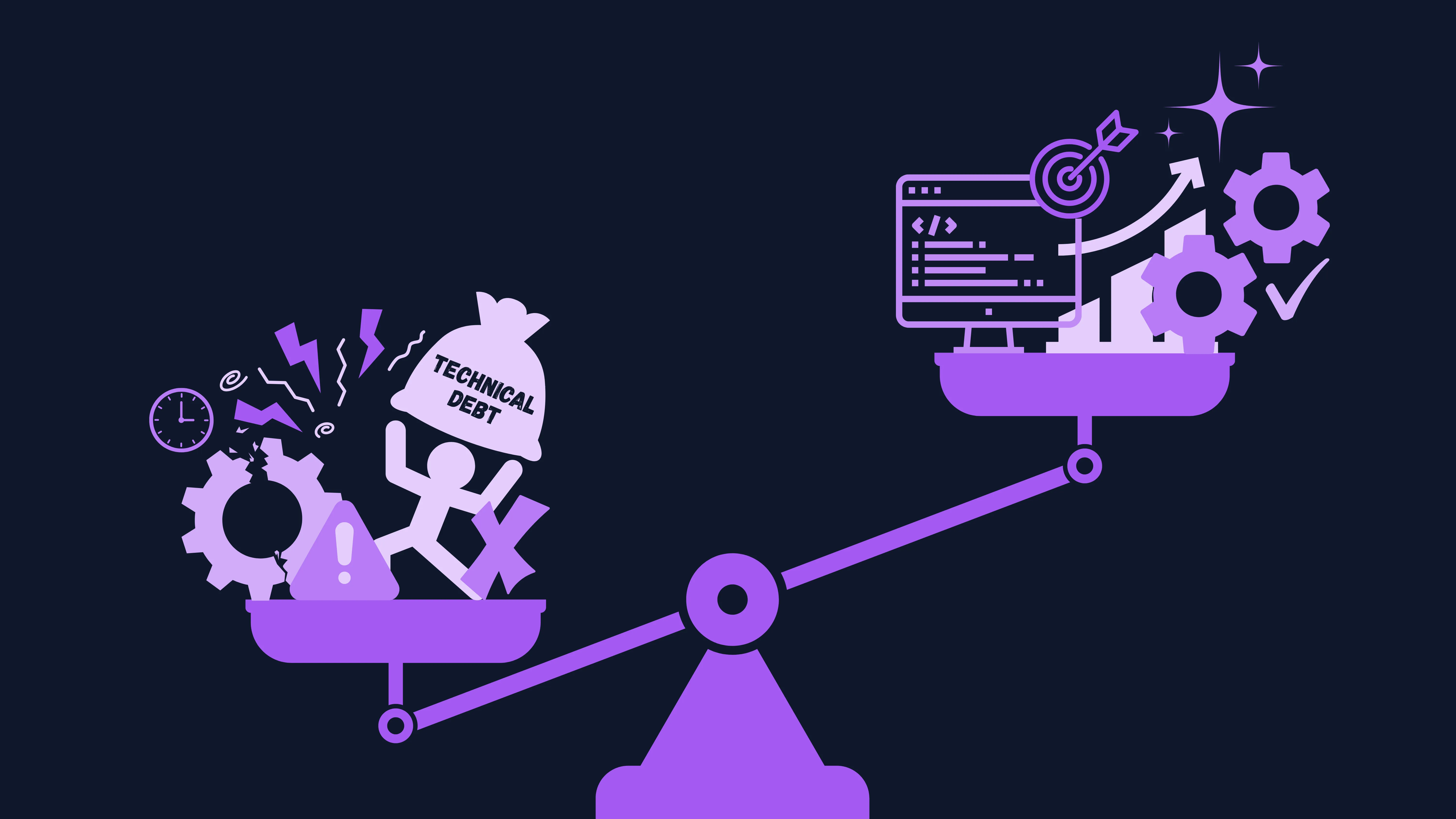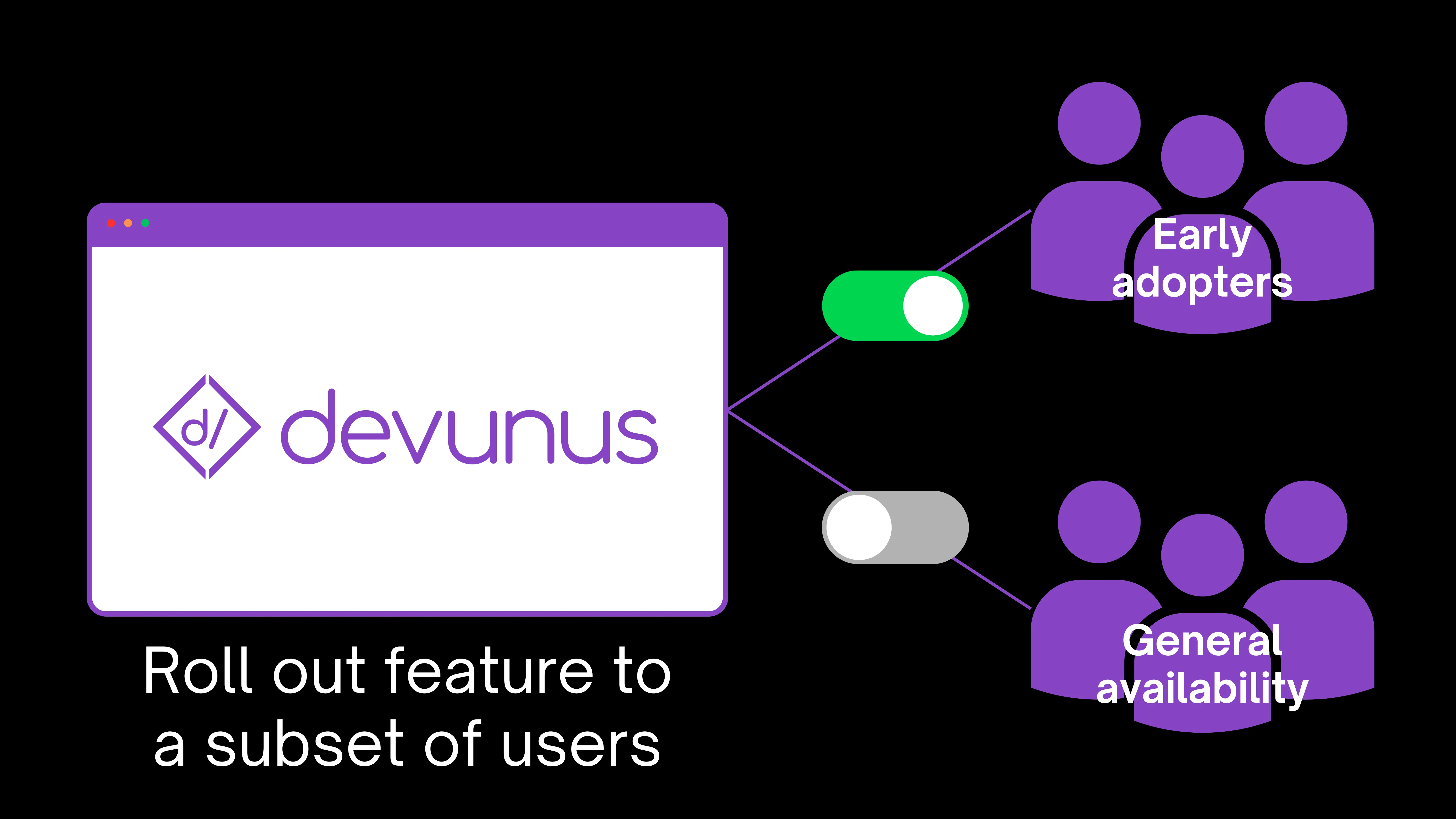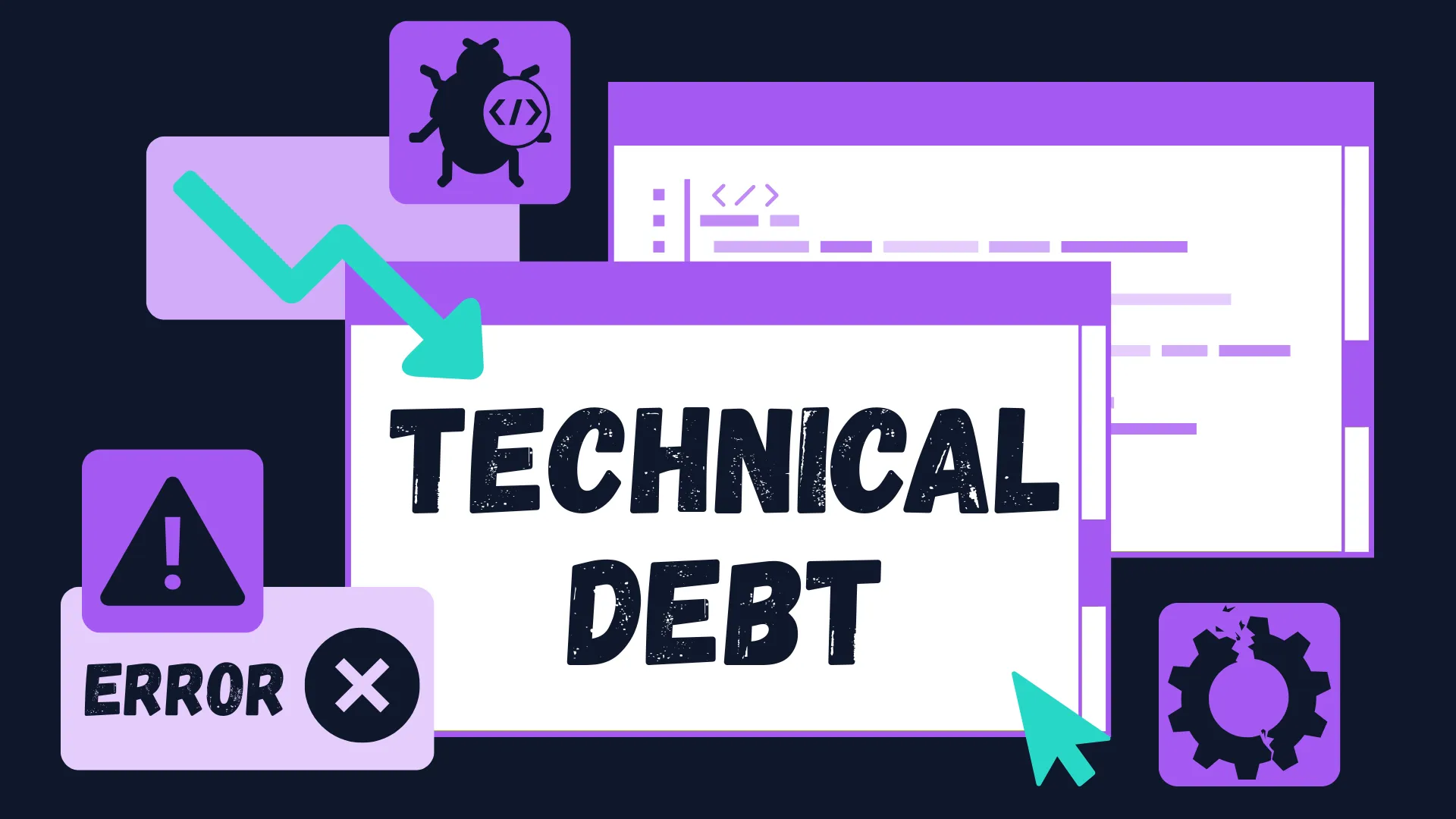The Emotional Toll of Technical Debt on Software Developers
Exploring the often-overlooked human impact of technical debt and its effects on developer well-being and team dynamics

What is Technical Debt?
Technical debt describes the implied cost of additional work that will be needed in the future due to choosing an easy or limited solution now instead of using a better approach that would take longer.
Types of Technical Debt
Intentional Technical Debt: When teams consciously choose to implement a quick solution knowing it will need to be refactored later. This might happen due to:
- Tight deadlines and business pressure
- Need to validate a concept quickly
- Limited resources or time constraints
Unintentional Technical Debt: When poor design decisions, lack of knowledge, or changing requirements create debt without conscious choice:
- Insufficient planning or architecture
- Lack of documentation
- Copy-paste programming
- Ignoring best practices
Technical debt is often discussed in terms of its impact on code quality, system performance, and business costs. However, there's a crucial aspect that frequently goes unaddressed: its profound emotional and psychological impact on developers. This hidden burden can significantly affect team morale, individual well-being, and overall project success.
The Hidden Emotional Cost
Developer Frustration and Burnout
Working with a codebase burdened by technical debt can be emotionally draining. Developers often experience:
-
Chronic Frustration
- Spending hours debugging issues that shouldn't exist
- Constantly working around poorly designed systems
- Feeling powerless to make meaningful improvements
-
Professional Dissatisfaction
- Unable to implement best practices
- Forced to write "quick fixes" instead of proper solutions
- Feeling like their skills are being wasted
-
Mental Fatigue
- Increased cognitive load from navigating complex, undocumented code
- Constant context switching between workarounds
- Reduced ability to focus on new features or improvements
Impact on Team Dynamics
Communication Breakdown
Technical debt can create significant friction within teams:
-
Blame and Defensiveness
- Developers may become defensive about their code
- Team members might blame each other for inherited problems
- Trust can erode when fixes constantly break other features
-
Reduced Collaboration
- Developers may isolate themselves to avoid conflicts
- Knowledge sharing becomes more difficult
- Team members might avoid working on problematic areas
-
Morale Decline
- Increased turnover as developers seek better environments
- Difficulty attracting and retaining top talent
Technical debt creates a vicious cycle where time pressure leads to quick fixes, causing frustration and reduced code quality.
Breaking the Cycle: Actionable Strategies
1. Acknowledge the Human Impact
-
Regular Team Check-ins
- Create safe spaces for developers to express concerns
- Validate feelings of frustration and burnout
- Discuss the emotional impact of technical debt openly
-
Metrics Beyond Code
- Track team satisfaction alongside technical metrics
- Monitor developer engagement and well-being
- Use surveys to gauge emotional impact
2. Create Sustainable Practices
-
Dedicated Improvement Time
- Allocate regular time for technical debt reduction
- Allow developers to choose which areas to improve
- Celebrate improvements, not just new features
-
Documentation and Knowledge Sharing
- Maintain clear documentation of system architecture
- Regular knowledge sharing sessions
- Pair programming to spread understanding
Conclusion
Technical debt isn't just a technical problem, it's a human one. By recognizing and addressing its emotional impact, teams can create healthier, more sustainable development environments. The key is to balance technical improvements with emotional support, creating a culture where developers feel valued and empowered to make meaningful changes.
It's important to find time to prioritize technical debt reduction, even when business pressures seem overwhelming. The short-term gains from quick fixes are often outweighed by the long-term costs to team morale, code quality, and developer well-being. Making technical debt reduction a regular part of your development cycle isn't just about code. It's about investing in your team's happiness and productivity
Remember: The best code is written by happy, well-supported developers. Investing in both technical and emotional well-being isn't just good for your team, it's good for your codebase and your business.
Related Articles

What Are the Benefits of Feature Flags? A Complete Guide for Developers
By integrating feature flags, teams can manage and roll out new features with unprecedented precision and control, enabling a more agile, responsive development process.

Common Technical Debt Issues and Strategies to Improve Them
A comprehensive guide to identifying, understanding, and resolving the most common technical debt patterns in software development